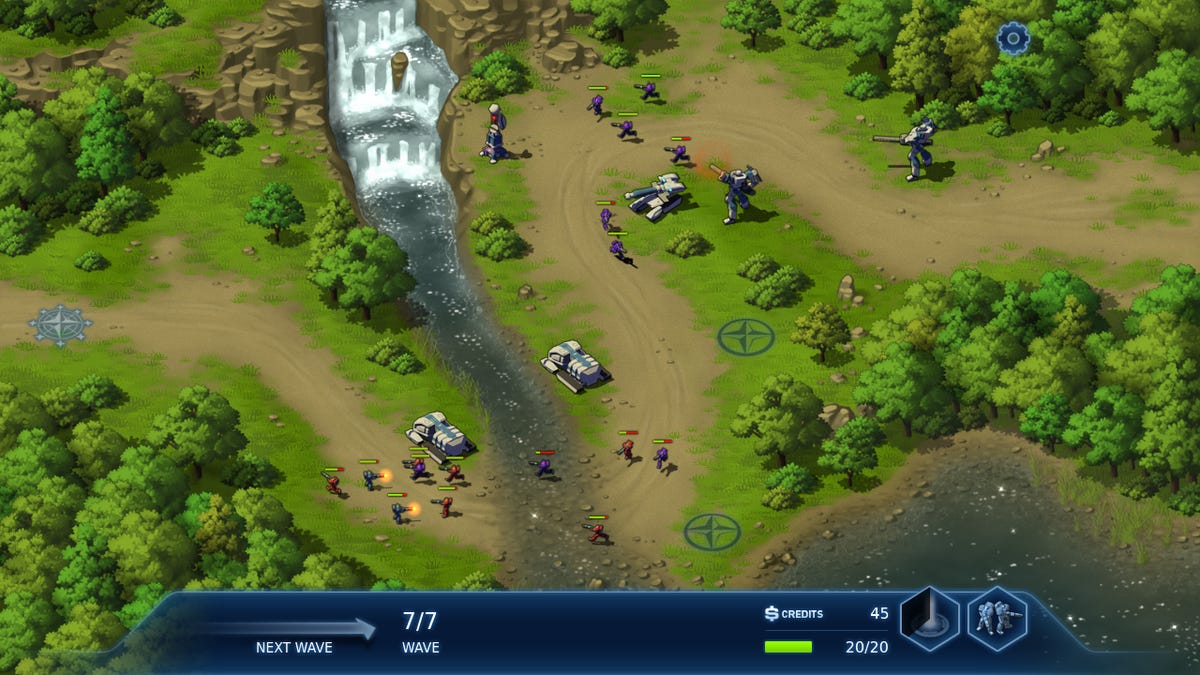How to quickly convert flash games into mobile apps
Autodesk's latest version of Scaleform allows developers to easily port flash games into the mobile environment, and in some cases, make them look better.

Have a hit flash game on the PC? Autodesk has a way to quickly and easily get it on the smartphone.
Last week, the company unveiled the latest version of its Scaleform software, a tool used by programmers to make games for consoles and, increasingly, smartphones. In fact, the newest version has more features dedicated to the mobile environment, a reflection of the growing importance of that market.
I spoke with Autodesk executives Mark Stevens and Frank Delise about the new software and got their thoughts on the gaming industry as a whole.
Scaleform started as a tool to help console game makers develop menus and user interfaces. But as games got more sophisticated on the mobile end, and processors and graphics made major advances, Autodesk turned its attention to smartphones, said Stevens, who is vice president of product management for the company's media and entertainment business.
"We saw what was happening with the explosion of mobile devices and tablets," he said.
The latest version of Scaleform is a godsend to those who want to port their flash games over to iOS with little fuss.
The software is able read the flash data file and interpret it as mobile app, Stevens said.
A developer has to take the flash game and load it into the prebuilt Scaleform Player app on iOS. There's also the option to build a customer native game player using Scaleform's C++ libraries. After a bit of testing and fine-tuning to ensure everything looks right, the game is ready. To further optimize the game, Scaleform provides tools to help with memory and performance.
A flash game can immediately be dropped into Scaleform, to be used on mobile devices, PCs, or game consoles. It takes less than an hour to deploy the game, although additional time is required to optimize and test it. Still, that's far shorter than writing code to create a mobile game from scratch.
"I look at Scaleform as an opportunity to help developers," said Delise, the senior product manager for game-related products for Autodesk.
The software isn't particularly expensive. It costs $295 per user per platform to use.
Gaming trends
Mobile gaming is pushing towards higher quality experiences, a trend that Scaleform can help out with, Stevens said.
"At the end of the day, higher quality content gets noticed," he said. "Our tools can make a difference there."
He boasted that his software could help create AAA-quality titles for the mobile phone.
Stevens said he sees a lot of development money moving away from consoles and toward mobile. As noted in this column, he also sees a proliferation of freemium games, or games given away for free, but include offers, levels, power-ups, and other bonuses that can be purchased with cash.
Following along the lines of higher quality games, games with 3D graphics tend to jump higher in the rankings, Delise said.
He also sees the idea of a "game as a service" taking hold. Those are games that more interactive, more personalized, and deal with stats and challenges against friends than the typical casual game.
Down the line, augmented reality and gaming will start to take hold, Delise said.
"There are new game experiences only available on these devices," he said.

